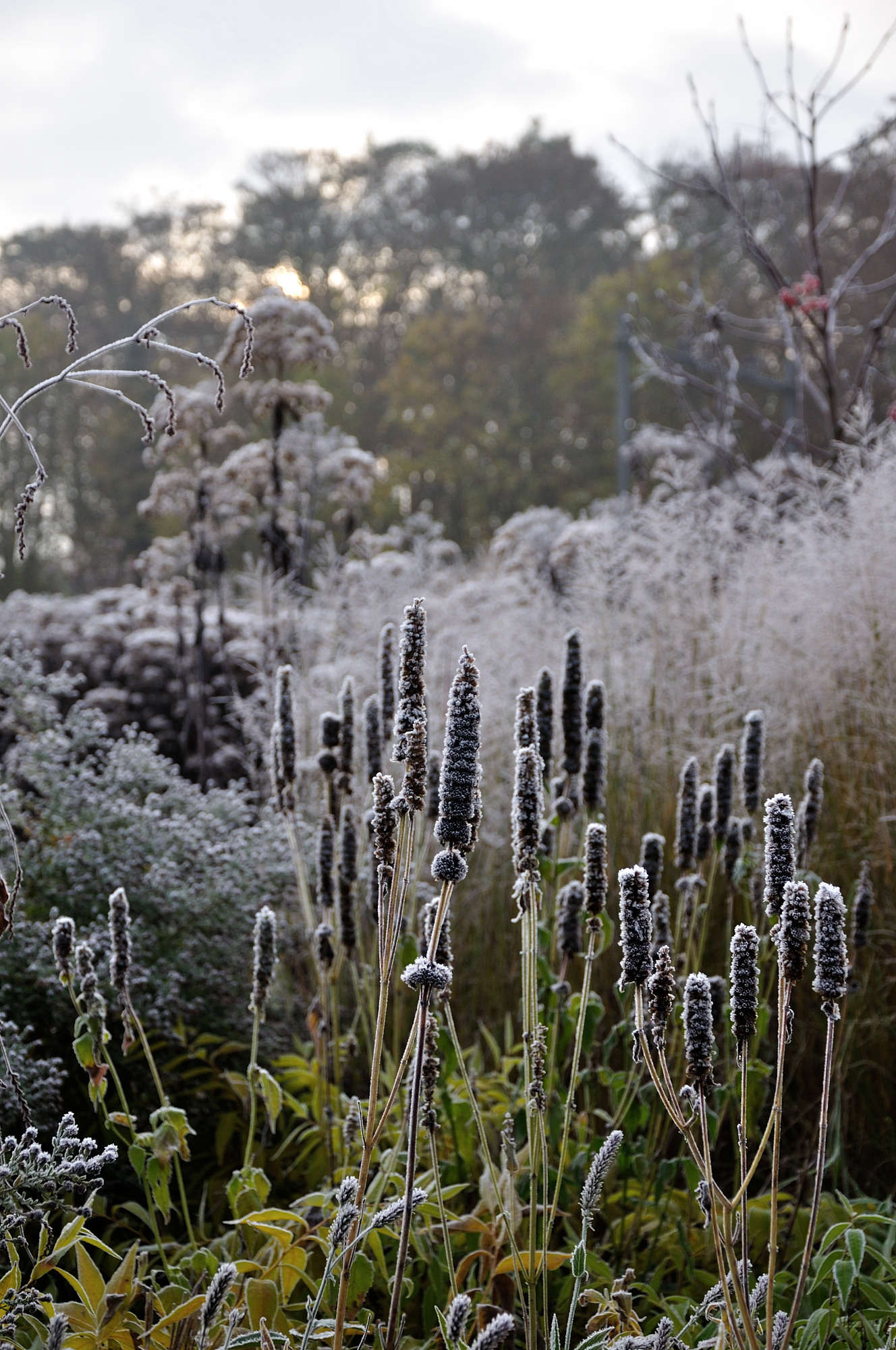 |
| York Minster, Cathedral Church of St Peter. |
Z.
Exploring Arts, Life, the Cosmos.
February 25, 2023
February 21, 2021
Miracle of Life: Plant and Human.
The mandala of the red human blood and green chlorophyll are identical except for their central atom.
February 14, 2021
Looking West.
Driving home late on a February afternoon, the sun lighting up the mist on Livermore Mountain captured me.
Stopping on a side road, I knew I was a small part of something much larger than myself.
January 25, 2021
December 10, 2020
Winter Landscape.

We shape our buildings; thereafter they shape us.
Though spoken by Winston Churchill in a different context--the rebuilding of London after the blitz of World War II--the words speak of an eternal truth.
Over the years now of living in the mountain country, watching the seasons come and go, I've become acutely aware of the power of the world I live in to influence my spirit and my energy. Last year we had significant snow on the ground for seven months.
I find I've been shaped into planting an increasingly winter-glorious space where I live. The possibilities are endless for making beauty outside my window, warming my heart inside and out.
Our Colorado cities are inspiring to me. Public places are full of surprises along roads and parkways. Corporate offices invite full displays of rich, complex plantings. The University campus finds more and more niches to hide secret surprises in, even in the dark of winter.
The low sun of the dark season backlights stalks and seedheads, even brighter when a light frost welcomes our mornings.
Gardenista.com, part of my regular health regimen, offers an installment here.

March 5, 2020
Mary Sipp Green.
 |
| Midsummer Twilight. |
 |
| Boxed notecards. |
January 12, 2020
Cosmic Cathedrals.
 |
| Frederico Scarchilli |
Romanesque cathedrals, with features of early Roman architecture, are simple and unadorned in their structures, coming from a tradition that considers darkness a feature that nourishes spiritual experience.
Gothic structures exploded with light, the engineering allowing for windows, thinner shells, vast open spaces. They also come with elaborate fancywork in sculpture and stained glass, full to overflowing with symbolism and content.
Bridging the developmental period from Romanesque to Gothic are the Cistercian cathedrals, based on the simplicity of life supported and encouraged by followers of St Benedict.
This Italian Cistercian Cathedral seems just right. Simple, and washed through and through with light.
I discovered this image in the architecture website ArchDaily.
Scarchilli's work is deserving of many hours of immersion.
Now I turn to the Cistercian tradition to see how this reflects the development of my deeper spiritual world. To my great surprise--or not--the abbey down the road from my small rural home is a Benedictine center. I've watched and supported its development for decades now. I'll be visiting again soon with a new and more appreciative openness.
December 15, 2019
Stickwork at the Denver Botanic Garden Farm.
Coming over a slight rise in the trail, I saw a large plant-animal nestled at the foot of a grove of cottonwood trees, perhaps sleeping on a snowy December morning.
As we approached, the willow branches became visible.The creature lay still. Strangely peaceful.
Fell Swoop, it's called. Created over several weeks by Patrick Dougherty and a team of volunteers, it's a permanent resident at the Chadwick site of the Denver Botanic Gardens. Except permanent is a relative term. Like Andy Goldsworthy's work, Fell Swoop is intended to age in place, slowly turning to compost as it returns to earth.
I came to this place as a surprise birthday gift from my family. Invited to go for a ride, we drove three hours from home in the high country near the Wyoming border. I tried to anticipate where we might be going, guessing to myself all along the distance, through the metropolitan Front Range.

My family knows of my near-obsession with land art, which I act out on our three-acre wetland / meadow / aspen and pine grove land in Larimer County. Just this summer I was invited to participate in the creation of a Peace Garden in the middle of our willow grove. This meant no fewer than seven utility trailers of dead willow branches being hauled to the slash pile.
So I speak from close experience when I recognize the work of assembling Fell Swoop.
Like all fine land art, the human hand and imagination enhances the world it inhabits, slowing me down to truly appreciate the beauty of Place.
December 14, 2019
Turner's Intention?
|
|
|
I look at prints of art works and see any number of variations of tonal quality in various reproductions of the same works.
Having spent a bit of time developing skills in accurate capture of colors in works of art, I wonder about the artist's intent.
Yet seeing so many variety, and with no access to the originals, I find myself projecting my own values into the works.
Predictably, that means a wider range of tones, and more emphasis on the dark.
Did JMW Turner truly intend this to be a high-key watercolor, as it is so often displayed online in today's world?
Or would he have preferred to see his darks more full of mystery?
November 11, 2019
Joseph Mallord William Turner.
 |
| St. Erasmus in Bishop Islip's Chapel, Westminster Abbey. 1796. |
Most of JMW Turner's public and published work these days seems to focus on his later life, in pushing the edges of watercolor into new territory anticipating the development of impressionism.
Going into his actual development as a painter, I discover his explorations as a young man in capturing architecture and landscapes. He has quite a body of work in cathedrals. In 1796 he was scarcely 20 years of age.
Given where I've come to in my eighth decade, this is a find to explore further.







